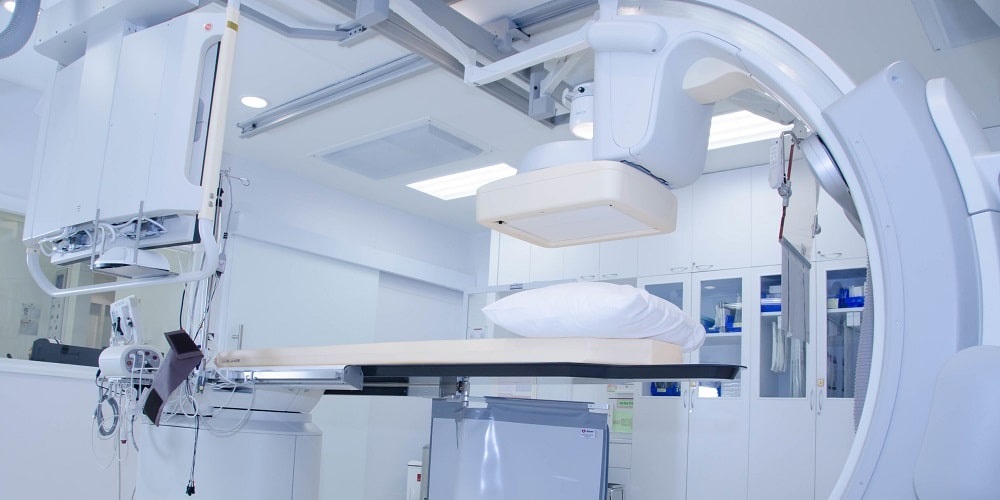Category: Case Studies

A Six Sigma Case Study – Tutorial for IT Call Center – Part 6 of 6
Published:This combination “case study and tutorial” tracks the inception of a Six Sigma DMAIC project by an IT support business. The project is aimed at helping the company become more competitive and profitable. Each part follows the project team as it works through another stage of the DMAIC methodology. Click to read the rest of […]
Read more »
Case Study: Salvaging a Call Center’s Big Software Investment
Published:Software can be a helpful tool but it is not a magic wand. After investing half a million dollars in tracking software for its call center and still seeing a high volume of complaints, one company used DMAIC to turn a disaster into a success.
Read more »
Streamlining Diagnostic Testing at Northwestern Memorial
Published:The diagnostic testing center at Northwestern Memorial Hospital in Chicago is an outpatient laboratory that is kept perennially busy serving the needs of the community. Thousands of walk-in patients are seen each year, primarily for blood tests (phlebotomy) and electrocardiograms (EKGs). Although Northwestern receives acclaim for its patient care, some complaints had begun to surface […]
Read more »
Process Redesign to Reduce Cycle Time: A Case Study
Published:A power distribution company in India, serving domestic, commercial, industrial and agricultural users, was not meeting the country’s performance standard regulations for metering and billing. A Six Sigma project was initiated to reduce cycle time.
Read more »
Improving ED Wait Times at North Shore University Hospital
Published:The Emergency Department (ED) increasingly is becoming the sole source of medical care for many individuals. It also is often called the “gateway” to the hospital since it is the first encounter many patients have with the hospital. Thus it is the place where positive or negative perceptions of the hospital initially may be formed. […]
Read more »
Using Six Sigma to Solve Issues in Public School System
Published:Of all the new and innovative applications for Six Sigma, none may be as interesting as one being used in the state of Colorado – applying Six Sigma to all aspects of a public school system. And “all aspects” includes the heart of every school district – the classroom. In 2008, businessman Jim Weigel, who […]
Read more »
Six Sigma Catapults Hospitals to Next Level of Quality
Published:The quality and variability of care delivered by hospitals is highly profiled in the media today. Pick up a newspaper, turn on the television or open a healthcare trade journal and chances are there will be an article detailing the real or possible occurrence of medical errors, allegations of a hospital’s failure to comply with […]
Read more »
Bridging Functional Silos to Achieve ‘Customer Impact’
Published:During the Define phase, it is common that a project is made smaller and more manageable by limiting the scope of the business process it will address. This may, however, cause problems during the Measure and Analyze phases when root causes outside the project scope are found. An exploration of this issue is found in […]
Read more »
A Successful Pain Management Initiative at LDS Hospital
Published:Three years ago many best practices already were in place at LDS Hospital in Salt Lake City, Utah, USA. The hospital was providing bedside registration, advanced triage protocols, point of care testing and real time radiology. A robust and comprehensive continuous quality improvement program had been established and as a result, higher patient satisfaction scores, […]
Read more »
Software and Systems: The Disciplines of CRM
Published:The total customer relationship management (CRM) market will reach $12.1 billion by 2004, representing an annual growth rate of 29.9 percent, according to the 2000 CRM Market Forecast and Analysis prepared by IDC, the world’s leading provider of information technology data and analysis. It is highly unlikely, however, that the CRM market will reach […]
Read more »
Increasing Cath Lab Capacity Through Six Sigma
Published:Healthcare organizations currently implementing Six Sigma are finding no shortage of opportunities for applying this approach – and many are reaping substantial benefits in terms of cost, quality and productivity. One area increasingly targeted in recent years has been the cardiac catheterization lab, which is generally a high-volume, challenging and complex environment within any healthcare facility. […]
Read more »
Strategies for Improving Patient Safety in the Hospital
Published:The fact that patients are not entirely safe in a hospital is not breaking news. Errors in healthcare delivery were occurring long before the 1999 report by the Institute of Medicine exposed significant gaps in the healthcare system in the United States. The institute’s report, To Err Is Human: Building a Safer Health System, found […]
Read more »
Using DOE to Solve a Product Development Problem – An iSixSigma Case Study
Published:Design of experiments (DOE) is a useful tool for determining specific factors affecting defect levels in a product. A major automotive company learned just how valuable this tool is when it conducted a study of defects occurring in its alternator product. DOE was applied to identify the cause of ventilation noise within the alternator, a […]
Read more »
Case Study: Reducing Delays in the Cardiac Cath Lab
Published:A DMAIC project at New York-Presbyterian Hospital improved throughput – case start time, room turnaround time and patient prep time – in three cardiac cath labs.
Read more »
Automating Input Data to Improve On-Time DeliveriesAn iSixSigma Case Study
Published:Liquid Controls, a manufacturer of high-quality flow meters and accessories for accurate liquid measurement, is a well-practiced user of Six Sigma methodologies. Having adopted Six Sigma in 1999 and made significant strides in improving manufacturing processes, the company more recently began to turn attention to transactional processes for serving customers. Liquid Controls identified several processes […]
Read more »
Case Study: Why a Team Cannot Afford to Overlook the C in DMAIC
Published:The managers of a lockbox operation in the upper Midwest were not at all pleased. The corporate clients for whom they processed millions of dollars in payments were very intolerant of errors. Yet in the first months of a new quality improvement effort, the error rate per 100,000 transactions doubled from 15 to 30. Truth […]
Read more »